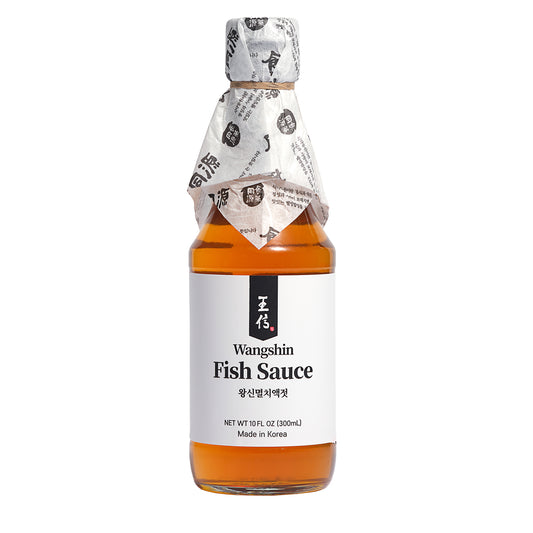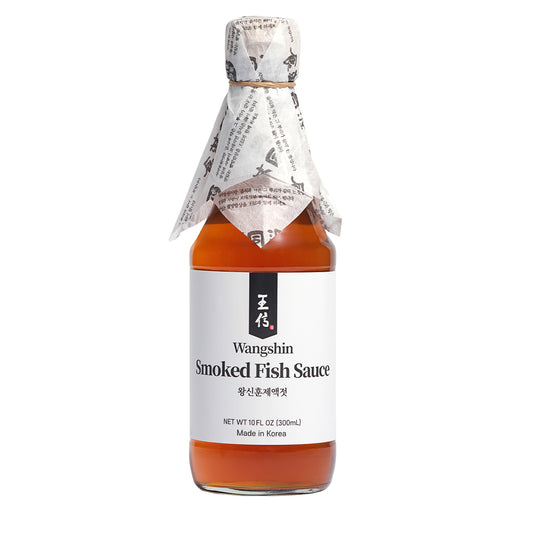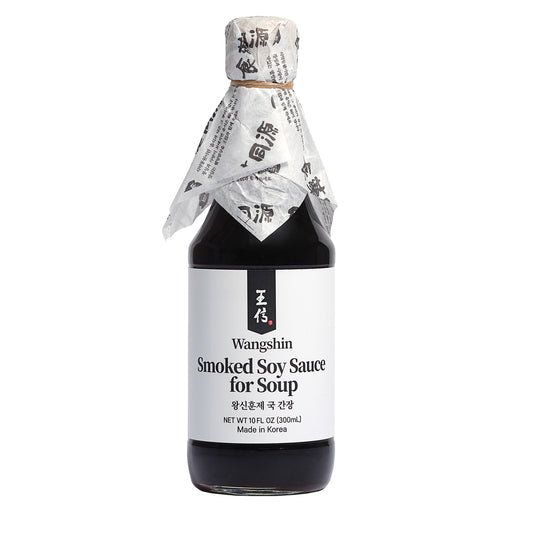Maeju: The Foundation
Maeju formation is a traditional craft. It begins with whole soybeans, which are soaked, boiled, and then mashed into a shape, typically a brick or ball. This mass is then fermented, a process where the environmental conditions are crucial. Commercial producers often expedite this by introducing a single strain of Aspergillus oryzae, a mold that initiates the fermentation. However, Wangshin's methodology diverges significantly here. By relying on the naturally occurring consortium of microorganisms, they embrace a more complex microbial environment. This diversity not only enhances the fermentation process but also imbues the Maeju with a richer spectrum of flavors and aromas, laying a more flavorful foundation for the Doenjang.
Fermentation: Crafting Doenjang and Soy Sauce
The transformation of Maeju into Doenjang and soy sauce is fascinating. The Maeju is immersed in brine, initiating a secondary fermentation stage. Over time, the mixture separates into a liquid portion, which is further refined into soy sauce, and a solid part, which is processed into Doenjang. The key here is the patience and timing involved in allowing the fermentation process to naturally proceed, ensuring the development of the characteristic deep flavors and aromas of both products.
Wangshin's unique approach to enhancing their Doenjang involves the addition of fish sauce to the Maeju during its three-month fermentation period. This step is not commonly found in conventional Doenjang making. The fish sauce introduces additional layers of umami and complexity, further distinguishing their product. Moreover, Wangshin's decision to retain the liquid portion in their Doenjang instead of straining it out is a testament to their dedication to flavor. This technique ensures that the umami-rich essence, a hallmark of high-quality Doenjang, remains concentrated within the paste.
The Artisanal Difference
Wangshin's Doenjang stands out for its artisanal quality and depth of flavor, achieved through traditional fermentation techniques and the innovative addition of fish sauce. This dedication to maintaining and enhancing the natural complexity of flavors through a diverse microbial environment and additional umami elements showcases a commitment to quality and the preservation of culinary heritage. The result is a Doenjang that not only carries the rich history of Korean fermentation practices but also offers a unique, robust flavor profile that enhances a wide range of dishes.
In essence, Wangshin's process illustrates a harmonious blend of tradition and innovation, embodying a profound respect for the natural fermentation process while introducing subtle enhancements to create a product that is both deeply rooted in Korean culinary traditions and distinctively their own.




